Blockchains for NFTs
Many NFTs creators have to decide what blockchain they will use for the projects. It is the very first step, and right choosing can allow…
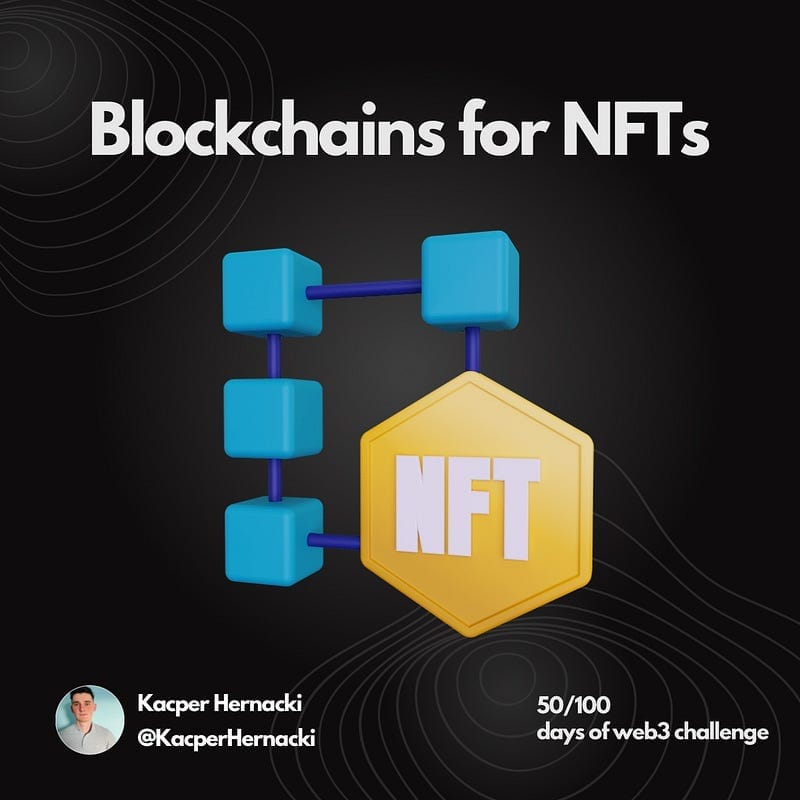
Many NFTs creators have to decide what blockchain they will use for the projects. It is the very first step, and right choosing can allow to fulfill the basic requirements, which are very important, like: fees, security, speed of transactions, etc.
Aspects for considering:
- transactions speed,
- cost of fees,
- smart contract functionality,
- consensus mechanism.
Let’s go through top blockchains to use for NFT project:
Ethereum
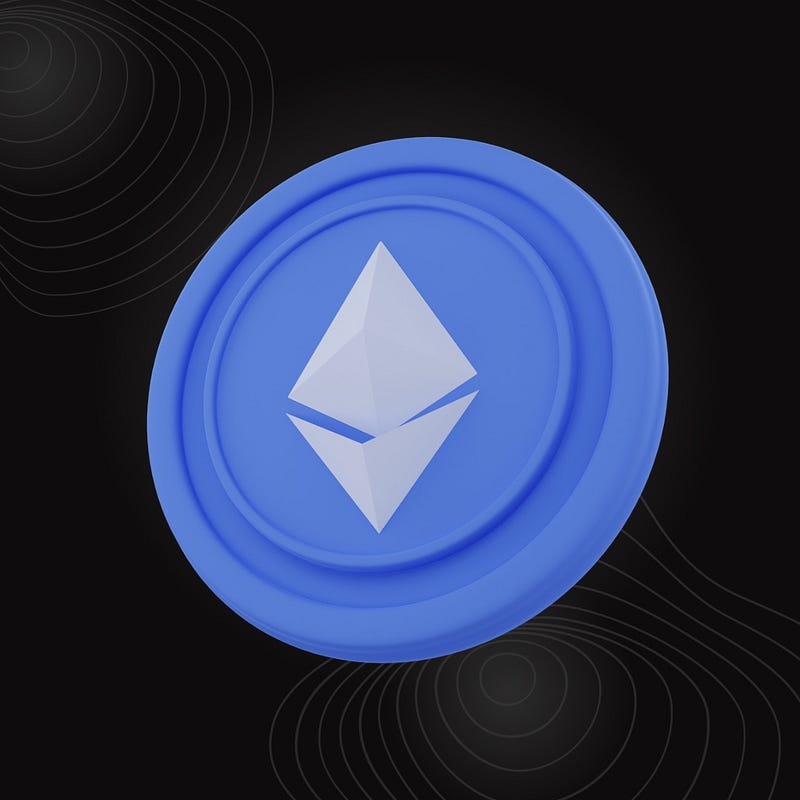
Ethereum has the biggest developers community, what means that the most web3 devs are working to establish this network, add new features, etc.
What is worth to mention, community of NFT creators is also highly developed.
Ethereum consensus mechanism is changing from proof-of-work to proof-of-stake, what can give more advantages. However right now, fees are very expensive, and speed of transactions is lower than in other chains.
A lot of great projects were built on ethereum network, such as crypto punks and cryptoitties. Chain is highly secure and well developed, so that some tokens were sold for hundreds thousands of dollars.
Consider also upcoming merge, which will dramatically change an approach to Ethereum network. More info below:
BSC — Binance smart chain
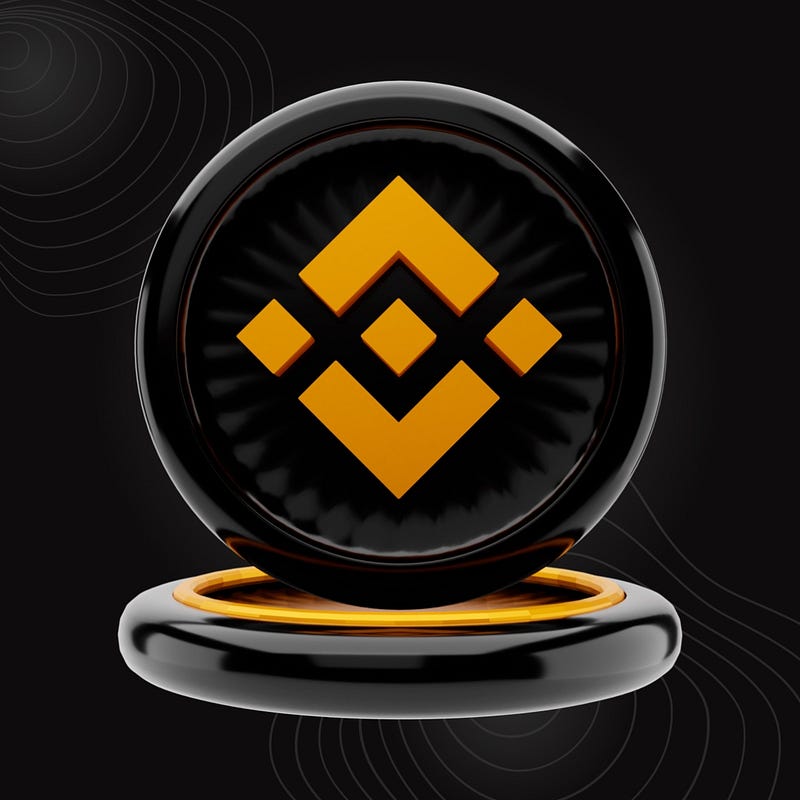
BSC is an ecosystem which is run in parallel. with Binance chain. Cooperation between chains and compatibility with EVM ethereum virtual machine, allows deploying smart contract, which is the core of every NFT.
BSC is based on proof of stake consensus model, what makes transactions within the network extremely fast and decreases fees.
BSC can be also considered as a secure network, it belongs to the biggest crypto exchange in the world.
More about BSC can be found in link below:
Solana
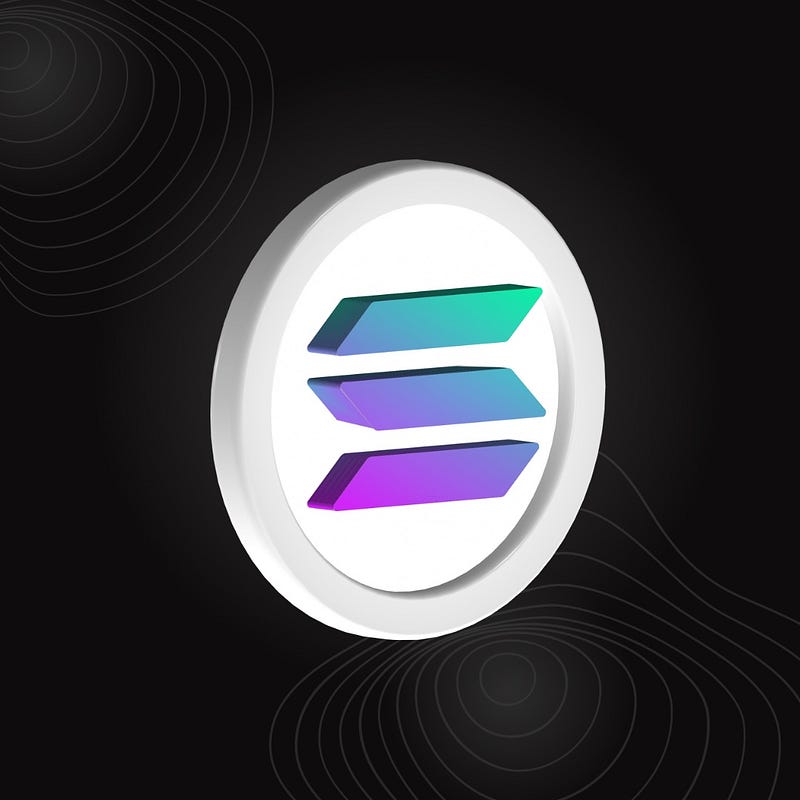
When it comes to choose the tastes blockchain, some of crypto enthusiasts will definitely mention Solana. Why it is so hyped?
Solana combines proof-of-history and and proof-of-stake consensus mechanisms. POH allows to reduce validations, by managing own “clock”. Nodes are not required to waste computing power, before they can validate different timestamps.
Solana can manage 65k transactions per second, but some developers claim that it can be even 700k.
However, last days Solana’s security was strongly checked by different speculations and attacks.
Tezos
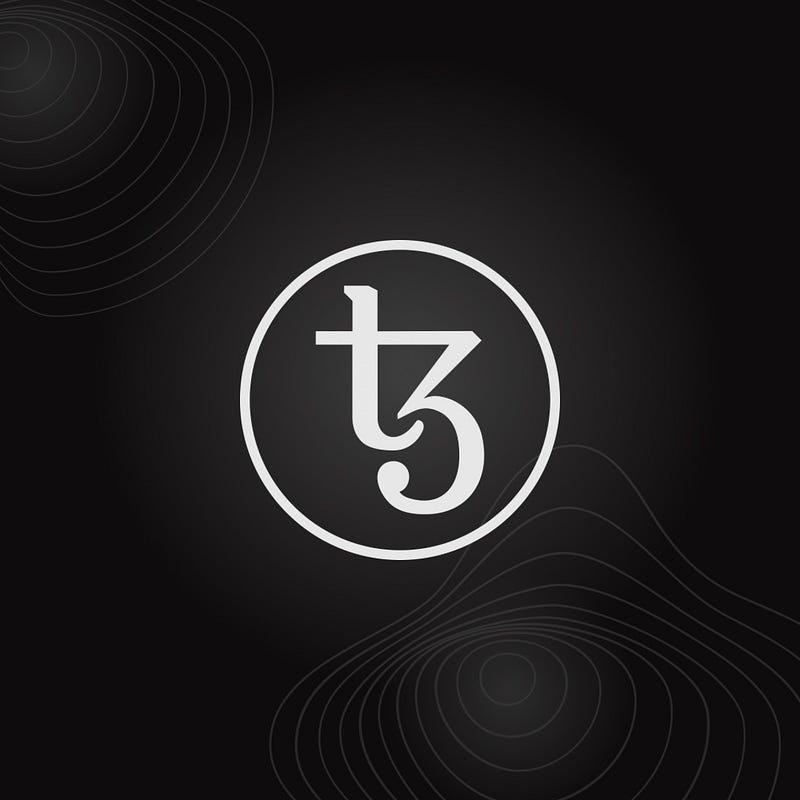
It is an open-source blockchain which also allows using smart contracts. Tezos has native cryptocurrency called XTZ, which is used for paying fees.
Moreover, Tezos has three token standards and only one is used for non fungible tokens, mainly it is FA2.
Tezos estimates that transactions speed is about 40 tps and fees cost 10 cents.
Cardano
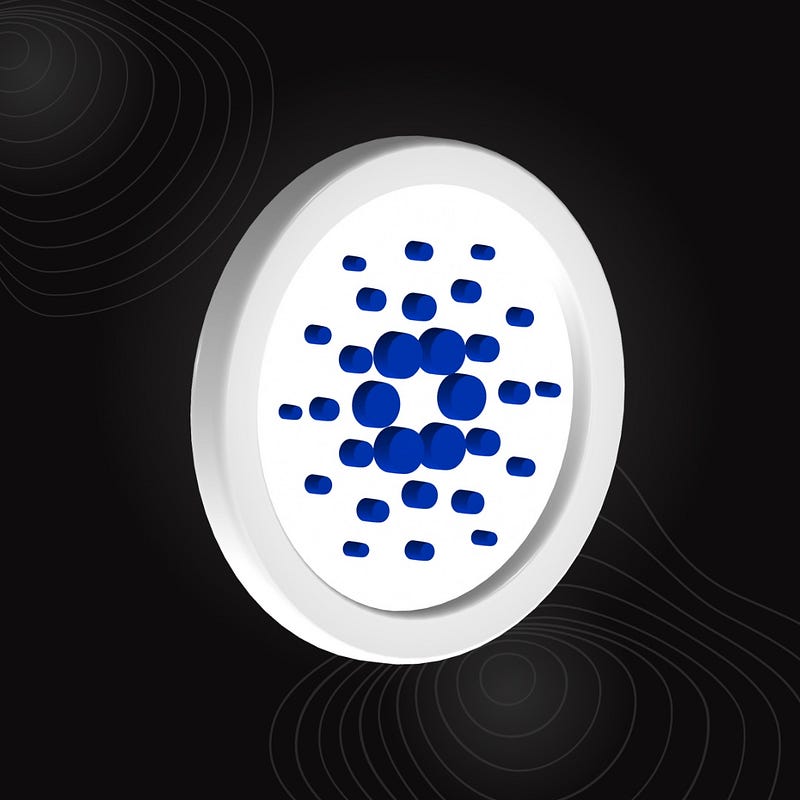
Cardano is proof-of-stake blockchain. launched by ethereum co-founder Charles Hoskinson. Transactions are enabled in its native cryptocurrency — ADA.
Cardano is ecosystem consists two layers:
- CSL — cardano settlement layer,
used for transfering. ADA;
- CCL — cardano computation layer,
used for managing smart contracts logic.
Cardano is super fast, it can proceed over 200 transactions per second, but upcoming layer 2 scaling protocol, called Hydra is expected to boost performance up to 2 millions tps with 2000 staking pools.
Fees in this chain are paid in ADA and cost about 0.16 — 0.17 ADA, it is like few cents.
Moreover, network is constantly developed and can implement new scaling solution in the future, if it ends successfully, NFT project will be hyped, if not, it can lower selling.
Conclusion
All 5 mentioned blockchains have great advantages and some threats. Moreover, there are still developed new chains, which can change an approach for minting NFTs dramatically.
Basing on available networks, it is possible to achieve any result.
Choosing the most optimal chain for the project should be considered in different aspects: fees, speed, security, etc.
It is impossible to mention the best one, because in some cases it can be not optimal.




